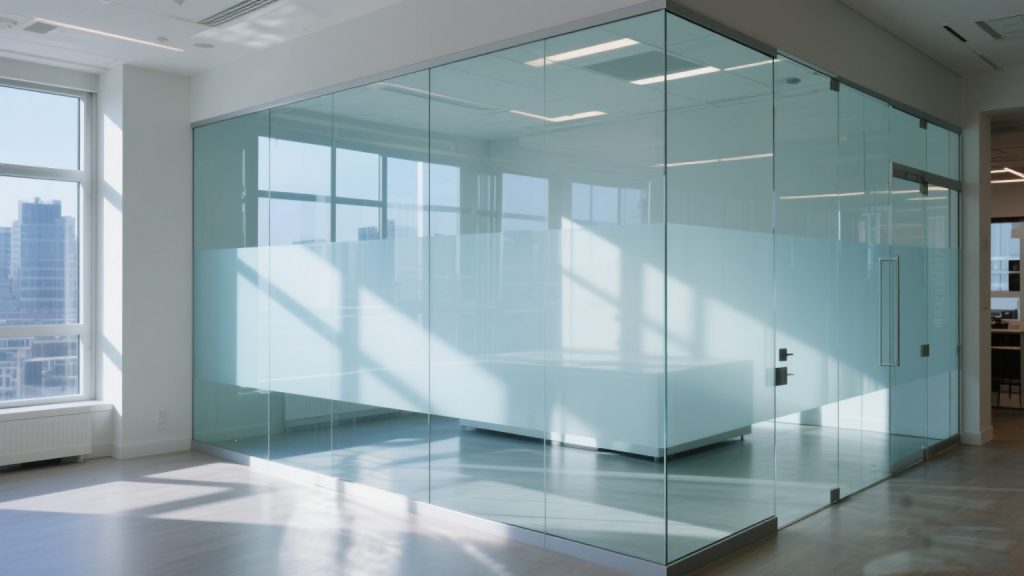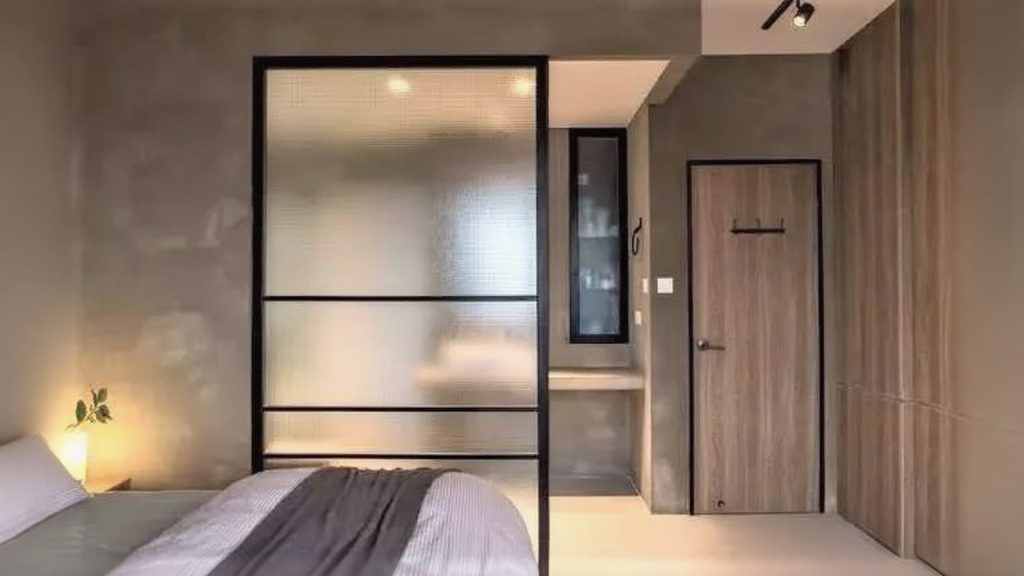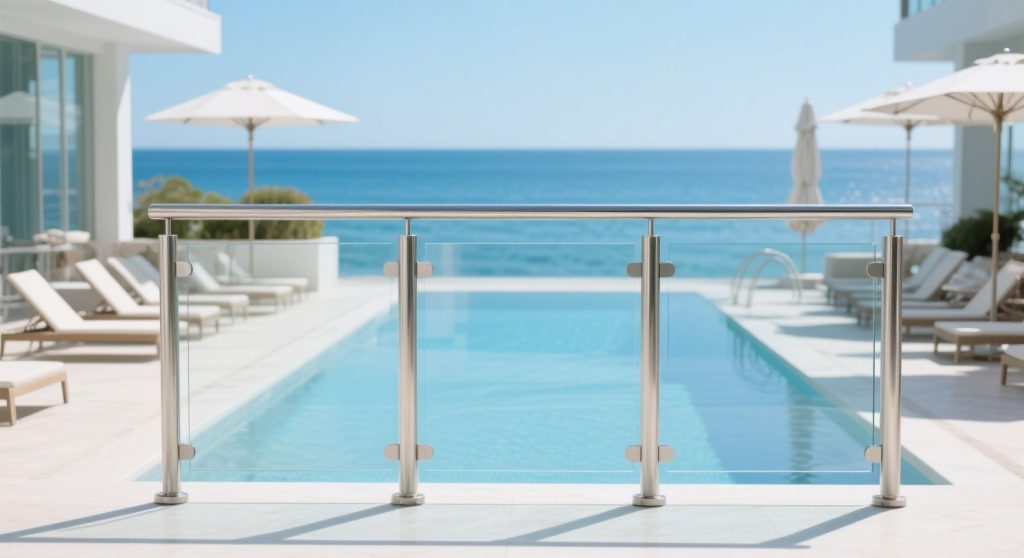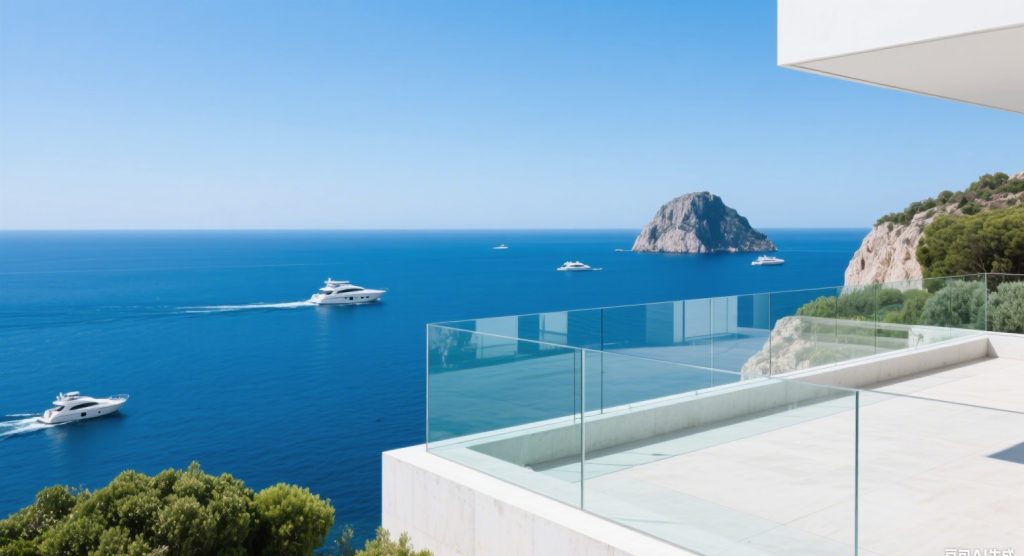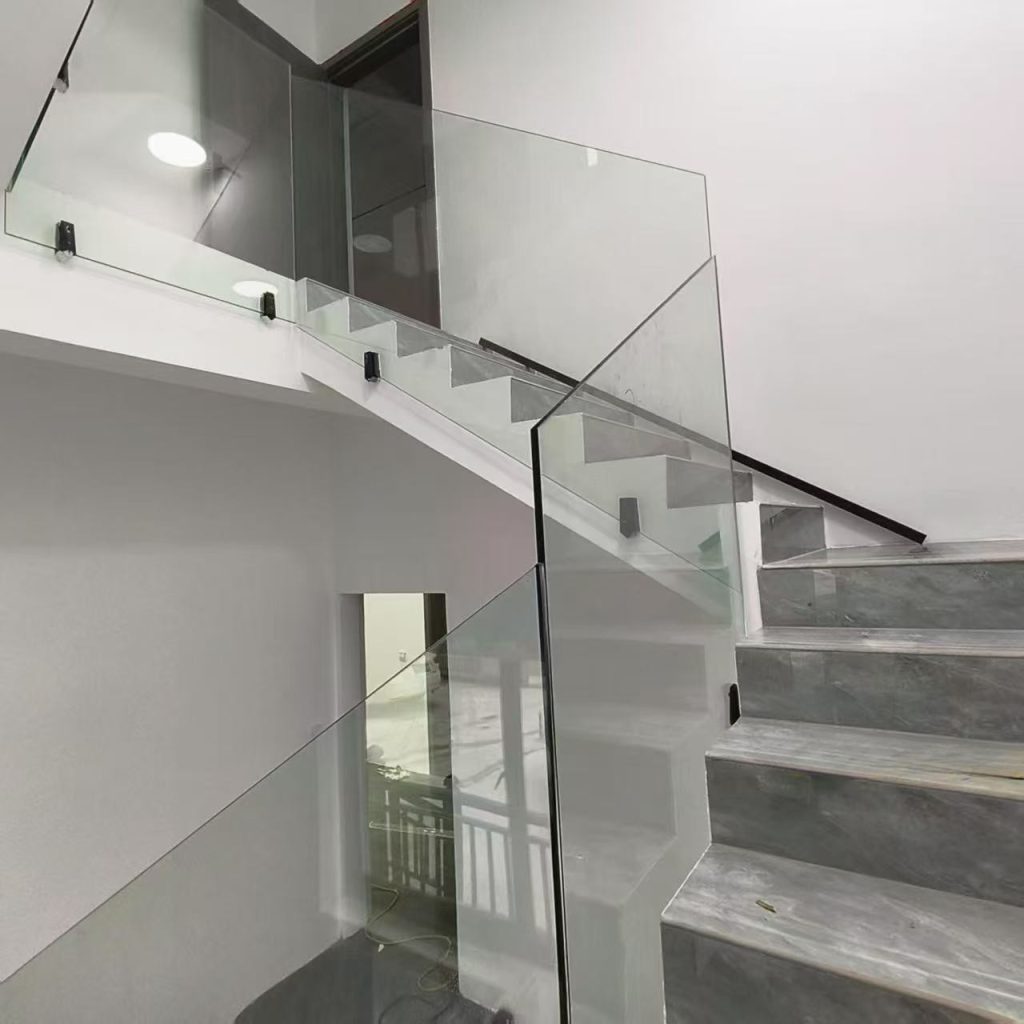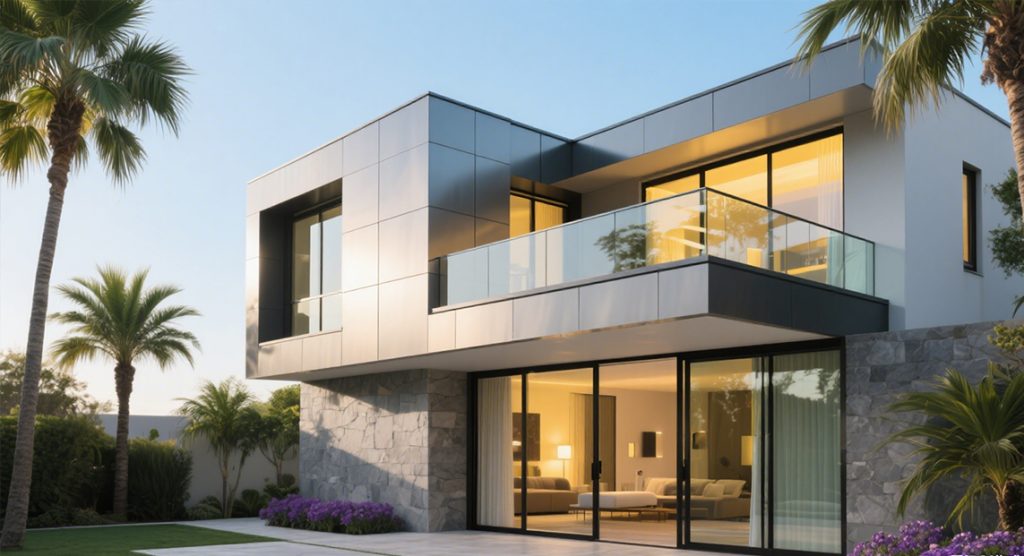What is custom mirrors london ontario
Custom mirrors in London, Ontario refer to bespoke mirror solutions tailored to meet specific design and functional needs for both residential and commercial spaces. This customization process involves selecting the size, shape, style, and even the type of glass to suit the unique requirements of a space, whether it is for aesthetic enhancement or practical use.
In London, Ontario, custom mirrors can be created by specialized companies or artisans who work closely with clients to design mirrors that complement interior décor and fulfill practical needs. These mirrors can vary from large wall mirrors that open up a space to intricate decorative mirrors that serve as focal points in a room. The customization process often includes options for framed or frameless designs, beveled or smooth edges, and additional features like anti-fog or safety backing.
The benefits of opting for custom mirrors in London, Ontario include achieving a perfect fit for specific wall spaces, enhancing the visual appeal of interiors, and increasing the value of a property by incorporating high-quality, tailor-made elements. Businesses such as hotels, gyms, and boutiques frequently use custom mirrors to enhance their environments and provide unique experiences for customers.
Overall, acquiring custom mirrors in London, Ontario allows individuals and businesses to reflect their personal style and meet specific functional needs, ensuring that each mirror serves its intended purpose effectively while contributing to the overall design aesthetic.

